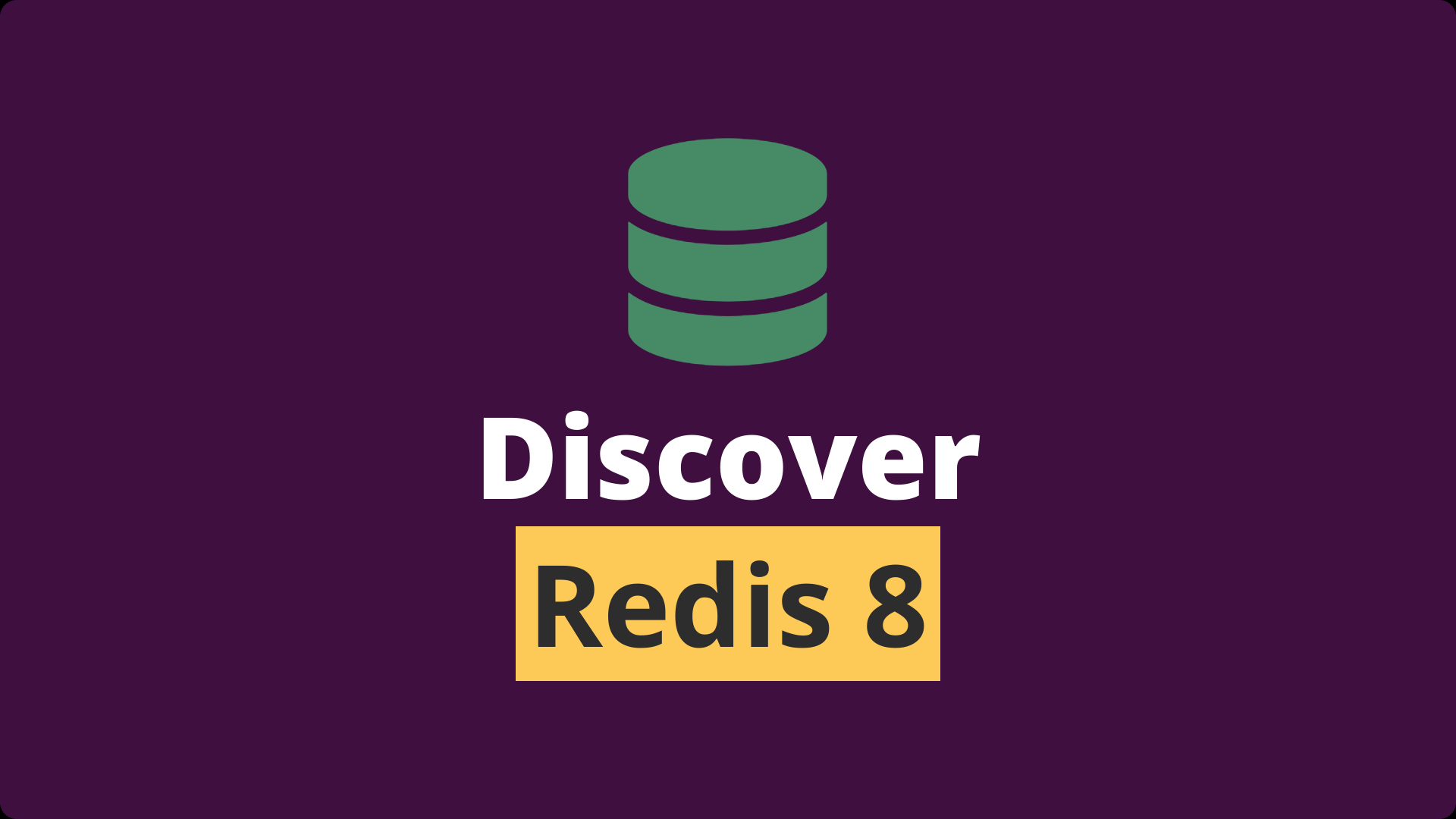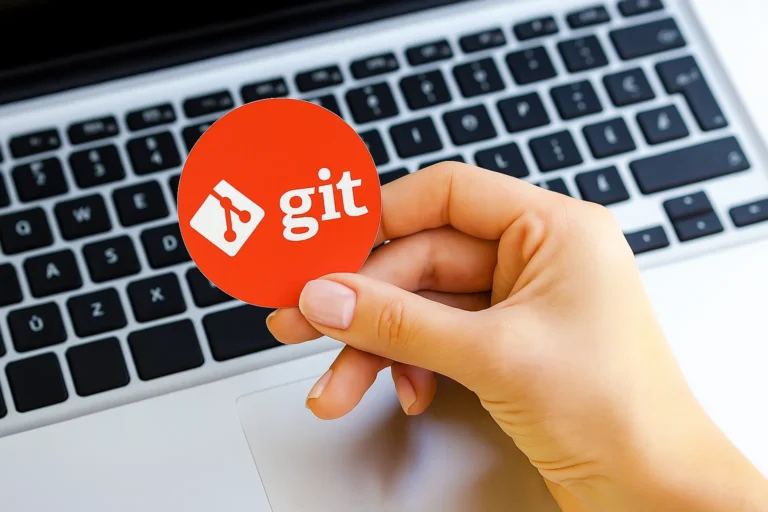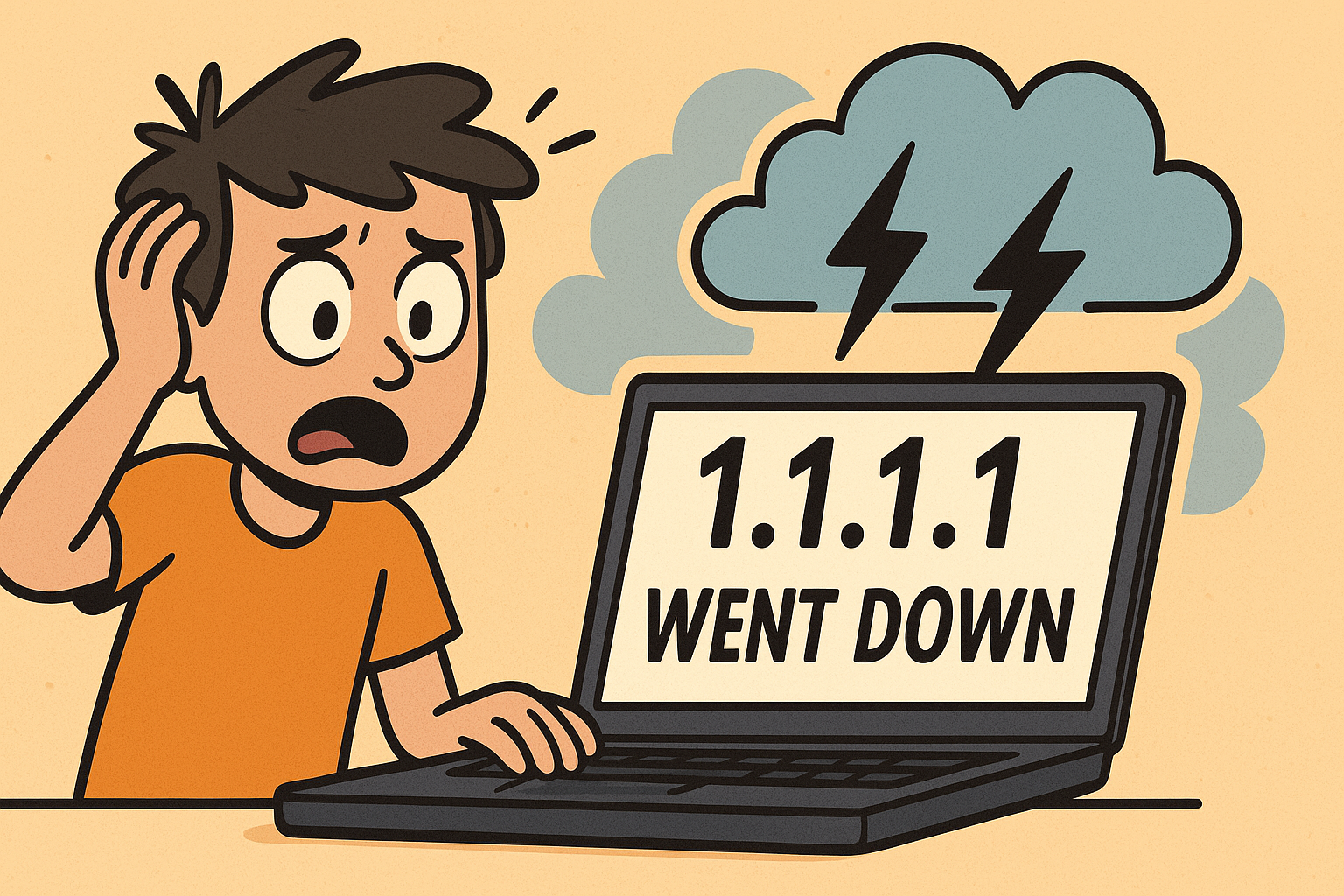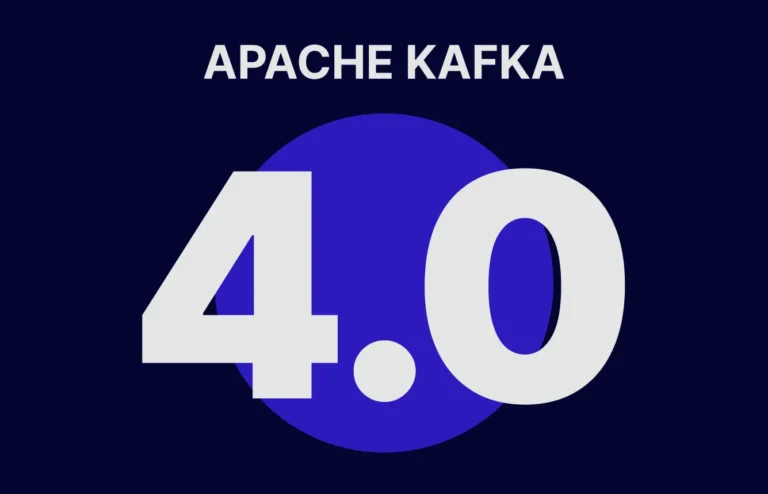Redis, the company behind the blazing-fast key-value database that powers everything from caching to AI workloads, is stepping back into the open source world — sort of.
Starting with Redis 8, the company is adding the GNU Affero General Public License (AGPL) as a new licensing option.
This comes after a year of controversy over its previous choice, the Server Side Public License (SSPL) — a license not recognized as truly open source by the Open Source Initiative (OSI).
Table of Contents
What’s Going On With Redis Licensing?
Last March, Redis made waves by moving away from its permissive BSD license to a dual-license model: its own Redis Source Available License (RSALv2) and the SSPL. The company argued this was necessary to protect itself from cloud giants offering Redis-based services without giving back.
But many in the open source community weren’t happy. The SSPL was never officially accepted as an open source license. And, as Redis CEO Rowan Trollope admitted in an interview with The Register, that acceptance never came:
“There hasn’t been any movement towards really accepting SSPL as a valid open source license… It seems to us that they weren’t going to do that.”
So now, Redis is offering the AGPL — a license that is OSI-approved — alongside its commercial license. The AGPL requires companies that run the software as a service (like cloud providers) to either share their source code or pay for a commercial license.
Why This Matters
Redis isn’t just a niche tool. It became the most popular database on AWS in 2020, thanks to its speed and simplicity. It’s been expanding rapidly since then, adding features like native support for JSON, machine learning integrations, and tools for generative AI.
The move back to open source licensing is a big signal to developers — and perhaps a bit of damage control after last year’s backlash.
Trollope says the core idea hasn’t changed:
See also: Mastering the Linux Command Line — Your Complete Free Training Guide
“If a third party wants to deliver Redis as a service that competes with us, they should either open source their whole stack or work with us commercially.”
In short: Redis still wants to protect its business from “strip-mining” by big cloud providers, but it’s trying to do it in a way that aligns more closely with the open source community’s expectations.
Not Everyone’s Satisfied
While some see AGPL as a step in the right direction, others argue it’s not open enough.
Peter Zaitsev, co-founder of open source consultancy Percona, put it this way:
“AGPL is like halfway: it’s probably the most restrictive, popular open source license out there.”
That’s better than SSPL, he says, but it still might not work for every project.
The Bigger Picture: Enter Valkey
Redis’s licensing shift last year didn’t just spark debates — it also sparked action. A group of companies, including AWS, Google, Oracle, and Ericsson, teamed up with the Linux Foundation to fork Redis. Their new project, Valkey, picked up where Redis 7.2.4 left off and is moving forward under a permissive license.
Valkey 8.1 was just released, promising lower latency, better throughput, and more efficient memory use. It’s positioning itself as the truly open source alternative for those wary of Redis’s licensing dance.
Redis 8: New License, New Features
Alongside the licensing change, Redis 8 is also bringing in a powerful new feature: vector sets. These make it easier to handle high-dimensional data for AI and machine learning — think similarity searches on embeddings, which are at the heart of many GenAI applications.
It’s a big step forward technically, and symbolically: Redis is trying to signal that it’s back in the open source game, even if it’s doing things its own way.
Bottom Line?
Redis is back under an OSI-approved license — but it’s not the permissive BSD one many developers loved. AGPL is a compromise, and not everyone’s thrilled. For some, it’s enough. For others, Valkey is the new home.
The open source world is watching closely. One thing’s clear: the database space is heating up, and licensing is becoming a front-line issue.




